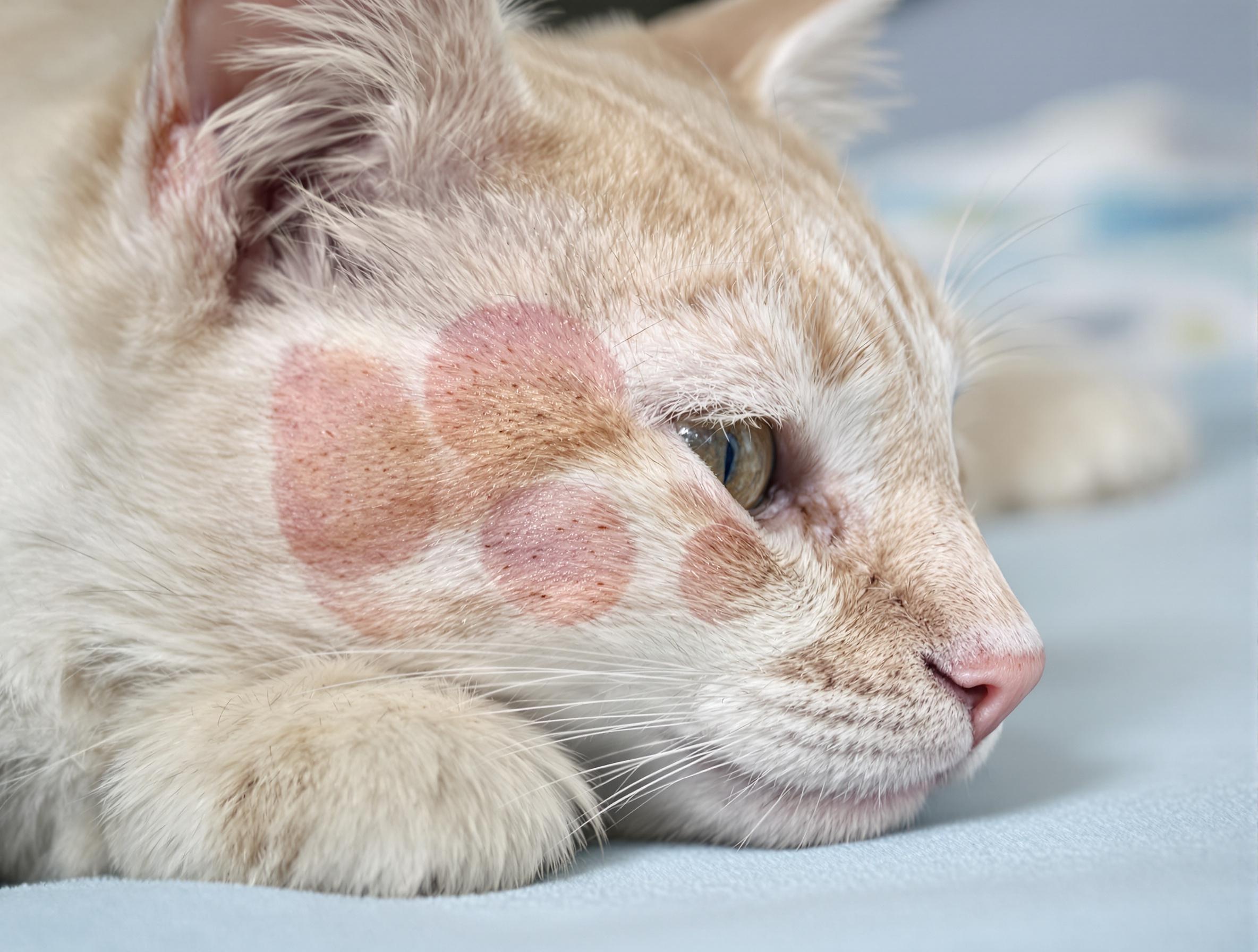Aging Cat Behavioral Changes

What type of behavioral changes can my aging pet develop?
Pets with behavior changes as a result of aging often wander about confused. Pets that were independent may become clingy. Some pets snap when you try to pet them. Pets appear uninterested in food, their environments, and in themselves. They’re restless at night. They lose their housebreaking habits.
Behavior changes that occur with senior pets include problems with orientation, social interaction, activities & exercise, grooming, housetraining, sleeping, and eating. Below are some examples of these problems:
- Disorientation
- Decreased interest in social interaction
- Decreased energy and activity level
- Grooming problems
- Changes in, or loss of, housetraining habits
- Trouble sleeping
- Loss of appetite
Key facts about aging dogs and cats
- Between 80-90% of all senior dogs and cats have arthritis.
- Aging pets may become disoriented, prefer to be left alone, avoid activity, have a poor coat, lose housetraining habits, wander at night, and have a poor appetite.
- Pets with poor nutrition, and pets withheart, kidney, or liver disease are predisposed to these behavioral changes.
Disoriented senior pets become confused and get lost in familiar locations. They may get stuck on the wrong side of the door or sit at the hinged side of the door.
Treatment for pets with disorientation
- Maintain a regular schedule.
- Leave furniture in the same position.
- Speak calmly, but in a voice that’s loud enough for them to hear.
- Teach hand signals to deaf pets.
Dogs and cats having trouble with social interaction no longer enjoy being petted and don’t come to greet you like they used to. They may appear depressed. In families with multiple pets, your pets may squabble and the stable inter-pet hierarchy may crumble. Pets experiencing arthritis may become so irritable that they snap at you rather than play with you.
- Engage in petting and interaction when your dog or cat has the most energy during the day.
- Allow your pet to come to you when he or she is ready rather than expecting interaction when you’re ready.
- Provide a quiet place for your pet to retreat to if he or she feels stressed by activity in your home.
Your senior pet may have joint pain so that he or she cannot go for walks, climb on the bed, or jump into the car.
- Provide medication for joint pain.
- Go for shorter, more frequent walks.
- Provide pet steps and ramps for access to the car, sofa, and bed.
Pets with grooming problems have coats that appear bedraggled, and they don’t clean themselves after eliminating. There is an increase in scruffy or poor coats with certain diseases, such as diabetes and Cushing’s Disease.
- Use a gentle grooming tool or pet brush and remove old hair at least once a week.
- Prevent hairballs in cats by providing fiber.
- Wash your pet if he or she has housebreaking accidents.
Pets may have trouble with housetraining because they cannot jump into the litter box (cats) or cannot walk to the door to go outside (dogs). Many senior pets lose bladder sphincter control and dribble urine, commonly known as incontinence. Many senior pets also become chronically constipated and have difficulty passing stool. Straining to defecate causes pain. In cats, associating pain with the litter box makes them learn to avoid it, so they defecate inside your home.
- Maintain a regular feeding and potty schedule.
- Use an indoor litter pan for pets that cannot walk outside.
- Provide fiber to promote normal bowel movements.
Aging pets often sleep poorly. They’re restless because of pain, anxiety, changes in their brain sleep center, and because they don’t get aerobic activity during the day to help them sleep. Pets may cry and pace. They may prevent you from sleeping, too.
- Provide a soft, supportive pet bed.
- Use a bed your pet can walk onto without making a step up that can hurt arthritic joints.
- Consider supplementing with melatonin.
Your senior pet may have a poor appetite (anorexia) because senses of taste and smell aren’t strong, and food loses its appeal. To compound the problem, senior pets may have dental disease and stomach ulcers.
- Heat your pet’s food to increase its aroma.
- Use canned or fresh pet foods rather hard kibble.
- Use foods with increased caloric density if your pet is losing weight.
Any pet can develop behavior changes with aging. If your dog or cat has a disease that decreases blood flow to the brain, such as heart disease, behavior changes may be more severe. If your pet has liver disease, he or she may also have behavior changes because the liver controls the molecules that circulate in the blood. When the liver cannot rid the body of toxic materials, the toxins enter the brain and alter behavior. This is most apparent 1-2 hours after eating.Pets fed diets low in antioxidants, phytonutrients, and Omega 3 fatty acids may experience the greatest deterioration in brain function.





